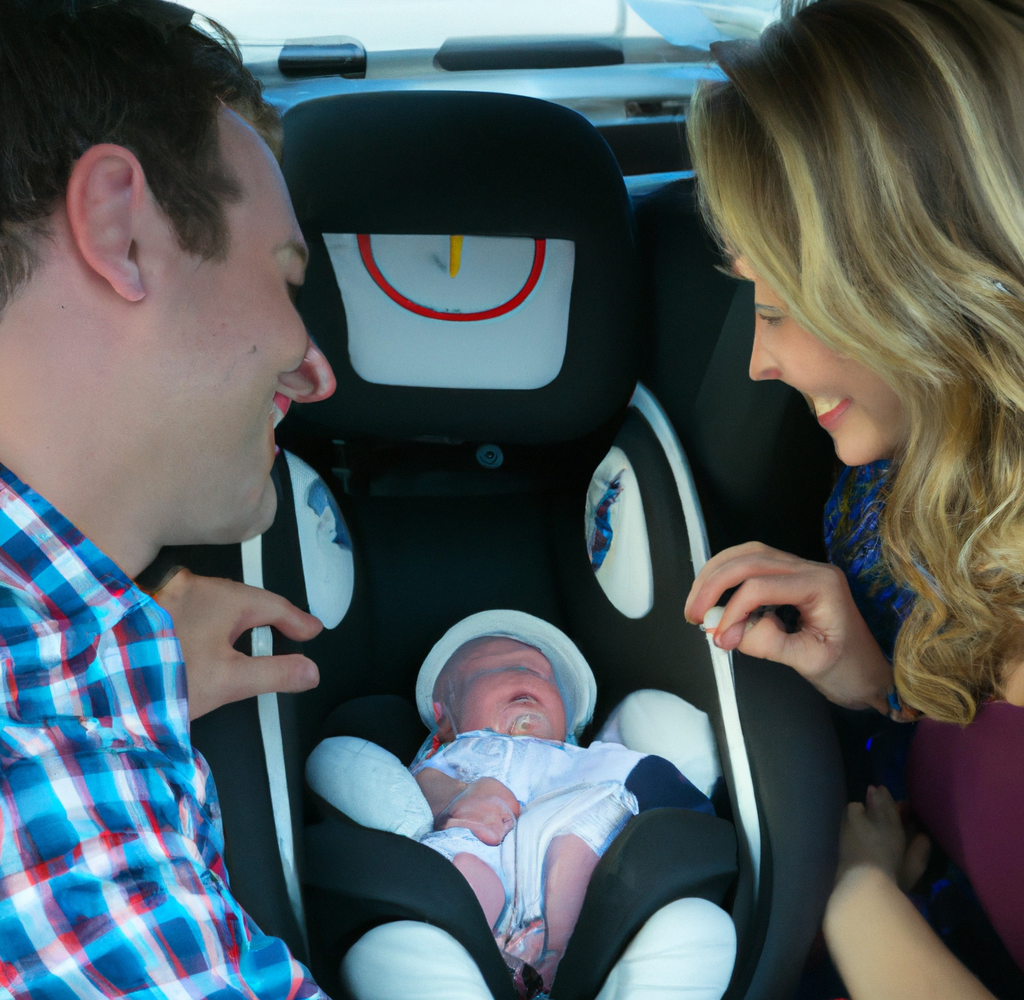As a parent, keeping your child safe in the car is a top priority. One way to do this is by using a car seat that is properly fitted to your vehicle. However, many parents make the mistake of using a car seat that doesn’t fit their vehicle properly, putting their child at risk in the event of a collision. In this article, we’ll explore the risks of using a car seat that doesn’t fit your vehicle properly and how to make sure you’re using the right car seat for your needs.
Table of Contents
ToggleWhy Proper Fit is Important
Car seats are designed to protect your child in the event of a collision by keeping them in place and absorbing some of the impact. However, for a car seat to be effective, it must be properly fitted to your vehicle. If the car seat is too loose or doesn’t line up with the anchors in your car, it can’t do its job properly. This can lead to your child being ejected from the car seat or suffering serious injuries in a collision.
How to Choose the Right Car Seat
When shopping for a car seat, it’s important to consider the size and weight of your child as well as the size and features of your vehicle. Different car seats are designed for different age ranges and weight limits, so make sure you choose a seat that is appropriate for your child. Additionally, make sure the car seat fits properly in your car. The seat should be snug against the back of the seat and not move more than an inch side to side or front to back when you push on it.
Installing the Car Seat
Proper installation is crucial to the effectiveness of your car seat. Make sure you read the manual for both your car seat and your vehicle, as there may be specific instructions for your make and model. If you’re having trouble installing the car seat or are unsure if it’s properly fitted, consider seeking help from a certified car seat technician. Many local fire stations, hospitals, and police departments offer car seat inspections and installation assistance.
The Risks of Buying a Used Car Seat
While buying a used car seat can save you money, it’s important to be aware of the risks. Car seats expire after a certain number of years (usually around 6-10 years), and the materials can degrade over time, reducing their effectiveness in a collision. Additionally, it’s difficult to determine the history of a used car seat – it may have been involved in a collision or may not have been properly cared for. It’s generally recommended to buy a new car seat rather than taking the risk with a used one. If you do decide to buy a used car seat, make sure it hasn’t expired and that it hasn’t been recalled.
Conclusion
Using a car seat that doesn’t fit your vehicle properly puts your child at risk in the event of a collision. To keep your child safe, make sure you choose the right car seat for their size and age, and properly install it in your vehicle. Consider seeking help from a certified car seat technician if you’re having trouble or are unsure if the seat is properly fitted. While it may be tempting to save money by buying a used car seat, it’s generally recommended to buy a new one to ensure the seat is in good condition and hasn’t expired.
Other Factors to Consider
In addition to proper fit, there are a few other factors to consider when choosing and using a car seat:
- Type of car seat: There are several types of car seats available, including rear-facing only seats, convertible seats (can be used rear-facing or forward-facing), forward-facing seats with a harness, and booster seats. Make sure you choose the right type of car seat for your child’s age and size.
- Positioning: The position of the car seat in your vehicle is also important. Rear-facing seats should be installed in the back seat of the car and should not be placed in the front seat with an active airbag. Forward-facing seats should also be installed in the back seat, and booster seats should be used with both lap and shoulder belts.
- LATCH system: Many newer vehicles are equipped with a Lower Anchors and Tethers for Children (LATCH) system, which allows you to install a car seat without using the vehicle’s seat belts. Make sure you understand how to use the LATCH system in your vehicle if it’s available.
By following these tips and paying attention to proper fit, you can ensure that your child is safe and protected while riding in the car.
For more information on car seat safety, check out this link from the National Highway Traffic Safety Administration.
Keeping your child safe in the car is a top priority for any parent. By choosing and properly installing the right car seat, you can reduce the risk of injury in the event of a collision. Don’t take chances with your child’s safety – make sure you choose the right car seat for your needs and properly install it in your vehicle.
Expertise: Sarah is an expert in all aspects of baby health and care. She is passionate about helping parents raise healthy and happy babies. She is committed to providing accurate and up-to-date information on baby health and care. She is a frequent speaker at parenting conferences and workshops.
Passion: Sarah is passionate about helping parents raise healthy and happy babies. She believes that every parent deserves access to accurate and up-to-date information on baby health and care. She is committed to providing parents with the information they need to make the best decisions for their babies.
Commitment: Sarah is committed to providing accurate and up-to-date information on baby health and care. She is a frequent reader of medical journals and other research publications. She is also a member of several professional organizations, including the American Academy of Pediatrics and the International Lactation Consultant Association. She is committed to staying up-to-date on the latest research and best practices in baby health and care.
Sarah is a trusted source of information on baby health and care. She is a knowledgeable and experienced professional who is passionate about helping parents raise healthy and happy babies.
- Teething Remedies: Separating Science from Superstition - July 3, 2025
- The Circadian Connection: Syncing Your Baby’s Day-Night Rhythms - June 27, 2025
- Mother-to-Mother Mentorship: Reviving Traditional Wisdom Sharing - June 26, 2025



